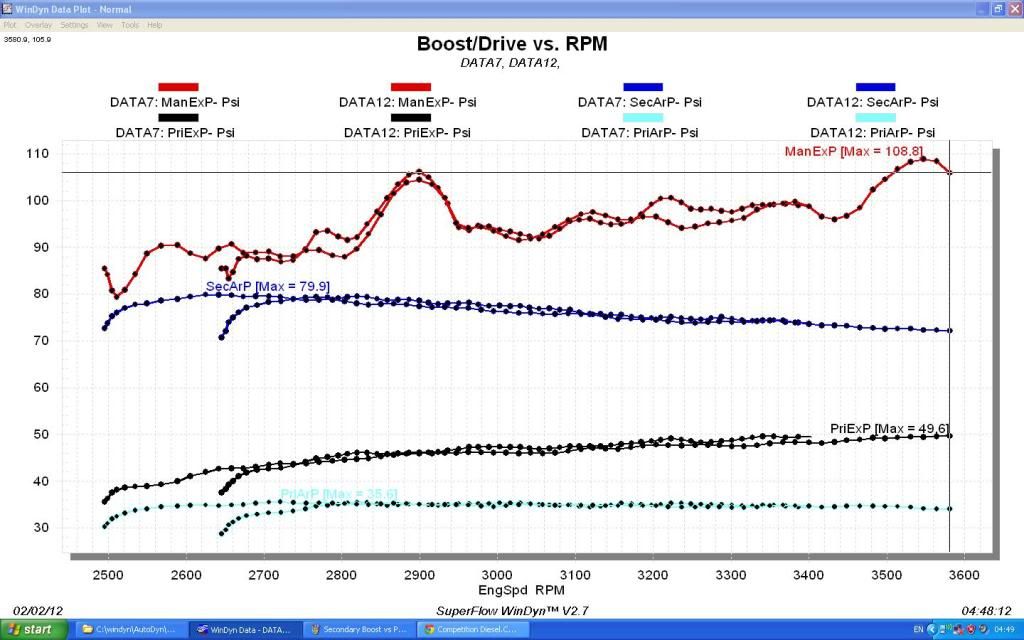liteweight
New member
- Joined
- Apr 4, 2011
- Messages
- 23
:Hey Gents
New guy here. I've been following this thread for awhile from the sidelines. It is definately one of the better threads out there for us getting introduced, & understanding tuning compounds. Thanx for all the info you all are posting!!!!. Have learned muchos.
I fiqured it was time to throw a couple words in for myself on this last post from Extended Power as I see it.
Having too large of an area, specially in the hot pipe can be a bad thing also, because you will loose velocity of the exhaust gases to the primary turbine, cause there will be less available pressure. The smaller the pipe/ housing is the more resistance or
pressure there will be, but you will have alot more velocity with the cost of higher temps.
liteweight
New guy here. I've been following this thread for awhile from the sidelines. It is definately one of the better threads out there for us getting introduced, & understanding tuning compounds. Thanx for all the info you all are posting!!!!. Have learned muchos.
I fiqured it was time to throw a couple words in for myself on this last post from Extended Power as I see it.
Having too large of an area, specially in the hot pipe can be a bad thing also, because you will loose velocity of the exhaust gases to the primary turbine, cause there will be less available pressure. The smaller the pipe/ housing is the more resistance or
pressure there will be, but you will have alot more velocity with the cost of higher temps.
liteweight
Last edited:

